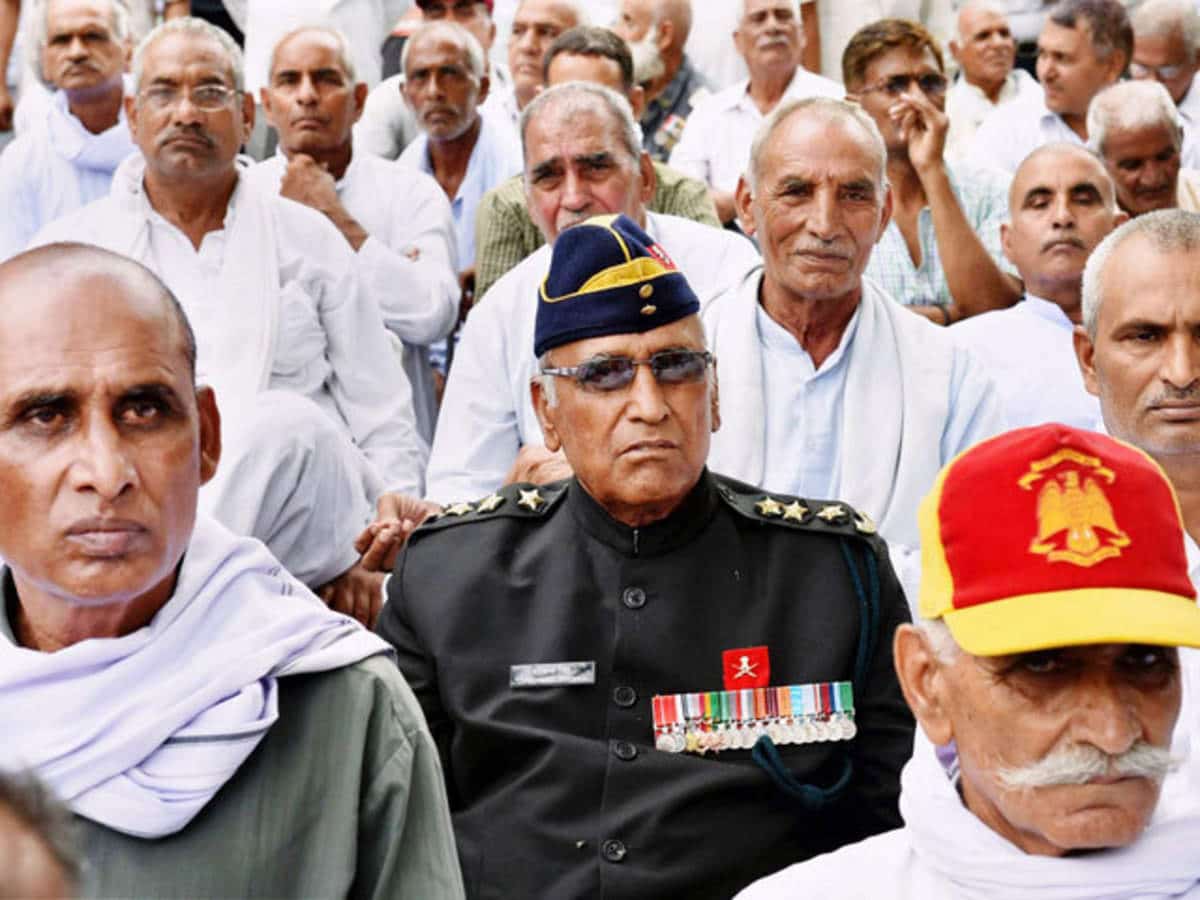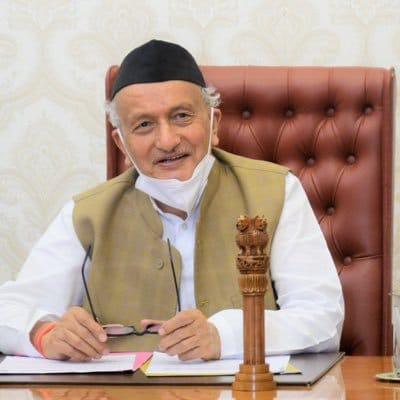The Supreme Court ruled on March 16, Wednesday, that one rank, one pension (OROP) in the military is a government policy decision with no constitutional flaws.
According to a bench of Justices D.Y. Chandrachud, Surya Kant, and Vikram Nath, the Union government’s policy decision on OROP is not arbitrary, and it is not for the court to intervene in government policy issues. It stated that there is no legal requirement that pensioners with the same rank receive the same pension.
It was ordered that the pending OROP re-fixation procedure, which had not been carried out due to the pendency of a matter before the court after the five-year period had expired, be conducted from July 1, 2019, and that arrears be paid to the pensioners within three months.
OROP means that retired personnel of the same rank and years of service would receive an equal pension, regardless of their retirement.
The petition was filed by the Indian Ex-Servicemen Movement (IESM), alleging that OROP had resulted in the creation of a different class among ex-servicemen of equivalent rank and duration of service.

In February, the centre told the Supreme Court that “similar rank” and “same period of service” are both required prerequisites for receiving OROP payments.
The centre stated that there is no way this duo can be hindered. It further added that one can’t just consider the same rank and disregard the length of service and vice-versa. It’s important to remember that the word “same” appears twice, as “same rank” and “same length of service”.
The Union government said that when drafting the OROP policy, it did not discriminate between defence personnel of the same rank with the same duration of service. Nonetheless, the petitioners are requesting OROP based solely on the same rank, disregarding the same length of service.
The petition also questioned the union government’s stance that pension equalization would take place every 5 years.
The petition said that a 5-year gap would put them at a significant disadvantage. The periodic equalization which they claimed, would cause severe injustice to 24 lakh ex-servicemen, 6.5 lakh war widows, veteran widows, and their families by creating a scenario of One Rank Different Pension.
The Koshiyari Committee, led by BJP politician Bhagat Singh Koshiyari, has recommended that OROP be reviewed annually. On July 11, 2016, the Supreme Court issued a notice on IEMS’s petition, which requested that OROP be implemented as proposed by the Koshyari Committee, with an automatic yearly review rather than the current policy of 5 years periodic review.

The Defence Minister defined OROP in February 2014, stating that OROP implies that uniform pension will be paid to army personnel retiring in the same rank with the same length of service, regardless of their date of retirement, and that any future increase in pension rates will be automatically passed on to past pensioners. It was further added that this entails closing the gap between present and past retirees’ rates of pension, as well as ensuring that future increases in the rate of pension are automatically passed on to past pensioners.
OROP, on the other hand, was defined in a 2011 letter from the Ministry of Defence’s Joint Secretary of Ex-Servicemen Welfare to the three service chiefs as a uniform payment of pension to retired servicemen “retiring in the same rank with the same length of service, regardless of the date of retirement, which implies bridging the gap between the rates of pension of current and past pensioners at periodic intervals.” The ongoing dispute stems from this altered interpretation.
“Automatic bridging” was the original meaning, but the new definition connotes “periodic bridging at intervals.”
Moreover, this will obligate retirees to wait for an interval to pass before collecting their increased pension, prompting more concerns about arrears settlement.
Also Checkout: The inconsistency in interpreting the essentiality doctrine has harmed the minority
















